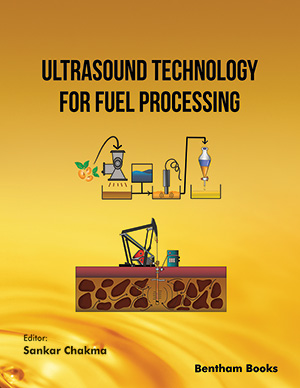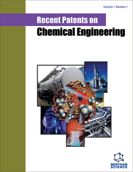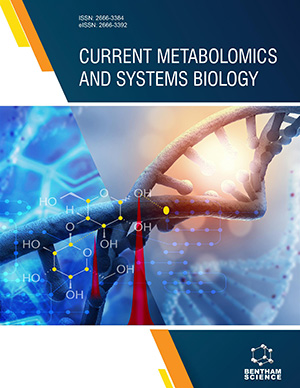Abstract
In view of environmental concerns, the production of clean energy is one of
the most critical issues in modern years to accommodate the growing energy needs of
society (domestic usage), agriculture, and industry. Clean energy can be accomplished
in several ways. A possible solution to this issue is to use renewable energy sources
such as solar, wind, and nuclear power universally. The use of conventional techniques
to produce energy by the combustion of fossil fuels has adverse effects on the
environment due to the emission of greenhouse gas that contributes to global warming.
The conventional method adopted by petroleum refinery industries has not been
successful for profound desulphurization to achieve low sulphur contents. To overcome
this, several new alternative chemicals, and physical and biological techniques have
been developed to meet ultra-low sulphur fuel in the last two decades. Microbial
desulphurization is one of the emerging alternative techniques that can remove the
organo-sulphur compounds from fuels. The limitation of microbial desulphurization is
the slow kinetics and it can be overcome by combining it with other desulphurization
processes (hybrid system), such as the ultrasound-assisted processes. This chapter
presents a critical account of research in different facets of ultrasound-assisted
biodesulphurization. The microbial desulphurization process involves the use of free or
immobilized microorganisms over the PU foams and the application of enzymes for
desulphurization of DBT. The enzymes or proteins can act as catalysts to degrade
sulphur compounds present in fuels. The present chapter also deals with the
ultrasound-assisted microbial and enzymatic pathways. The concurrent analysis of
experimental results on enzymatic biodesulphurizarion along with simulation results of
cavitation bubble dynamics provides more insight into the actual mechanism of
ultrasound on microbial and enzymatic desulphurization process.
Keywords: Cavitation, Hybrid desulphurization system, Immobilized cells, Microbial desulphurization, Ultrasound.






















